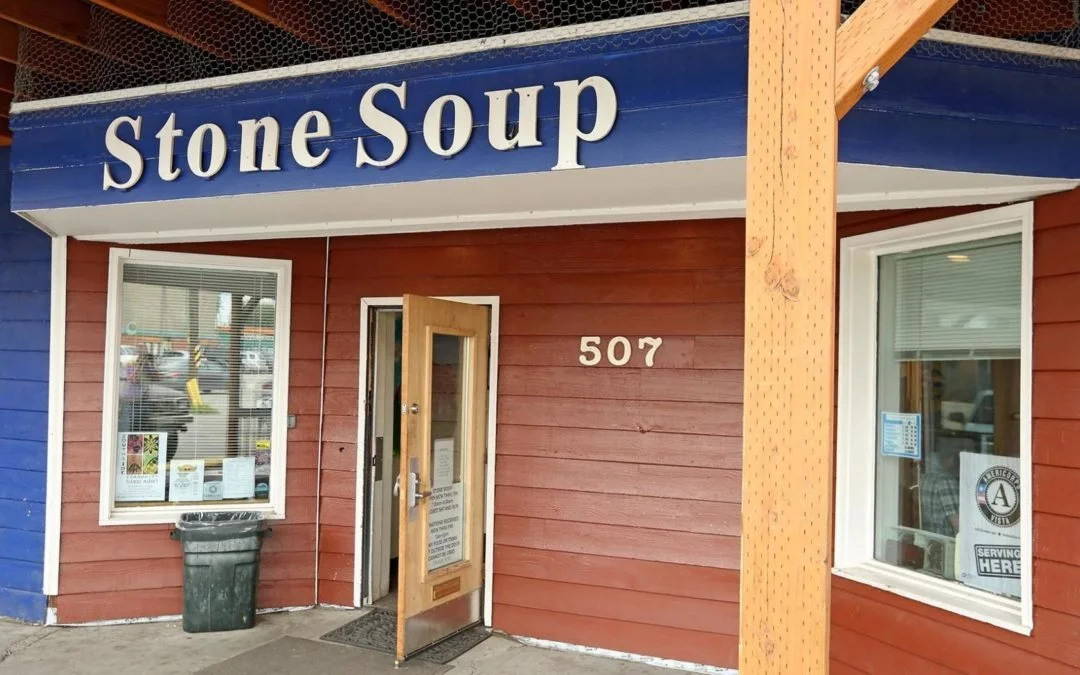Click the links below to find more resources on composting and food waste reduction.
Food Waste Hierarchy in Your Community
Food for People.
Fairbanks is full of amazing organizations dedicated to feeding hungry people in the community that would be delighted to accept food donations. Learn more about how you can make sure your extra food gets into the bellies of people who need it.
-
The FCFB has been serving its community for over 40 years. They house many food assistance programs including Food As Medicine and food box distributions. Click the button below to see what food items they need most and how you can donate your excess food to support this amazing organization.
-
Bread Line is an anti-hunger organization that has been feeding Fairbanks since 1984. Bread Line collects food donations to serve hot breakfast and bagged lunches to anyone in need. They also house the Stone’s Throw free Culinary Training Program which provides life and job skills to people dealing with unemployment. Click the button below to learn how you can support their mission.



